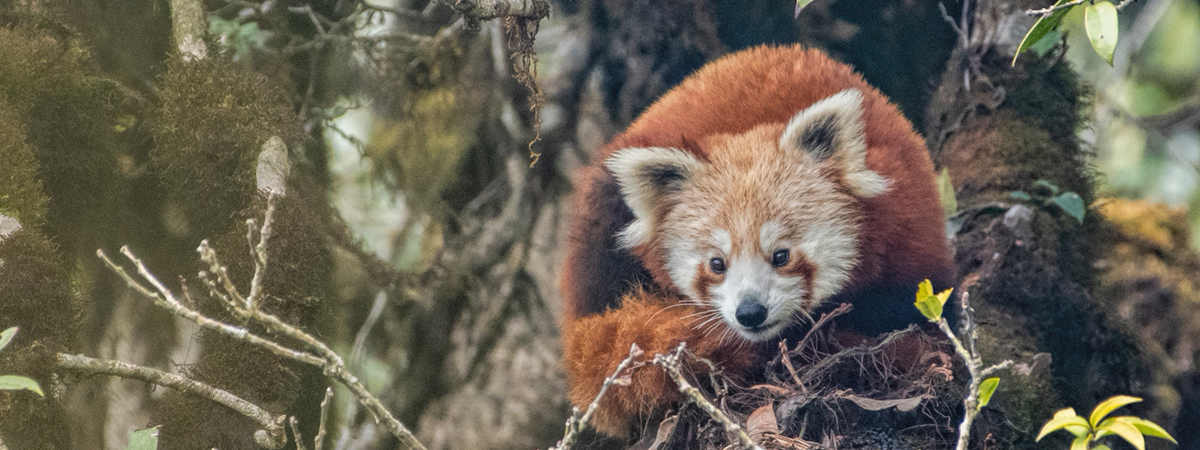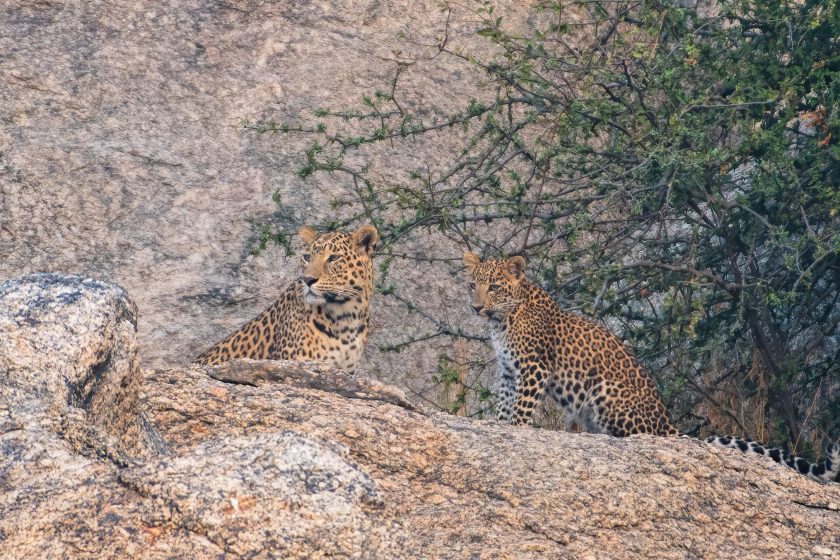“What’s in your camera bag?” is a question I am frequently asked and one that always gets the same response – “It depends where I’m going.”
Do I always take the same stuff?
Definitely not. Quite often, I will leave my favourite lens behinds simply because, when considering flexibility and weight, there are better options.
Although I’m always geared up for wildlife photography, what I take will be different depending on where I’m going, how I am travelling and what I’ll be shooting when I get there.
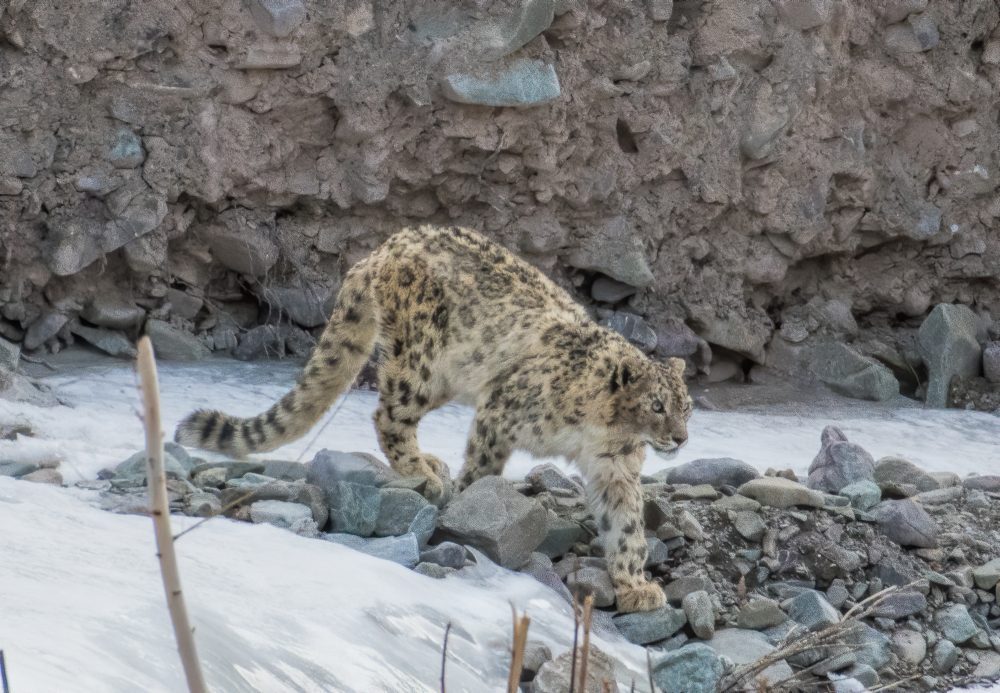
It should be obvious but I’ll say it anyhow. Just because this is what I carry in my camera bag does not mean it will be the right gear for you – you’ll probably have a different selection of bodies & lenses anyway – rather this is only intended as a guideline to help you decide what to take on safari.
That said, after 30+ years of safaris in India & Africa I have a pretty good idea of what to expect and which lenses I will use the most.
Keep it simple.
Just ‘cos you’ve got lots of lenses doesn’t mean you have to take them all.
If at all possible, try to take a combination that means you won’t need to constantly be changing lenses. Dust is a massive problem in Africa and every time you change lenses you are opening up both camera and lens to a potential dust invasion.
If you have them, 2 bodies + 2 lenses is ideal. Even if one of those bodies sits unused in your bag, it is reassuring to know you have a fallback in the event of equipment failure.
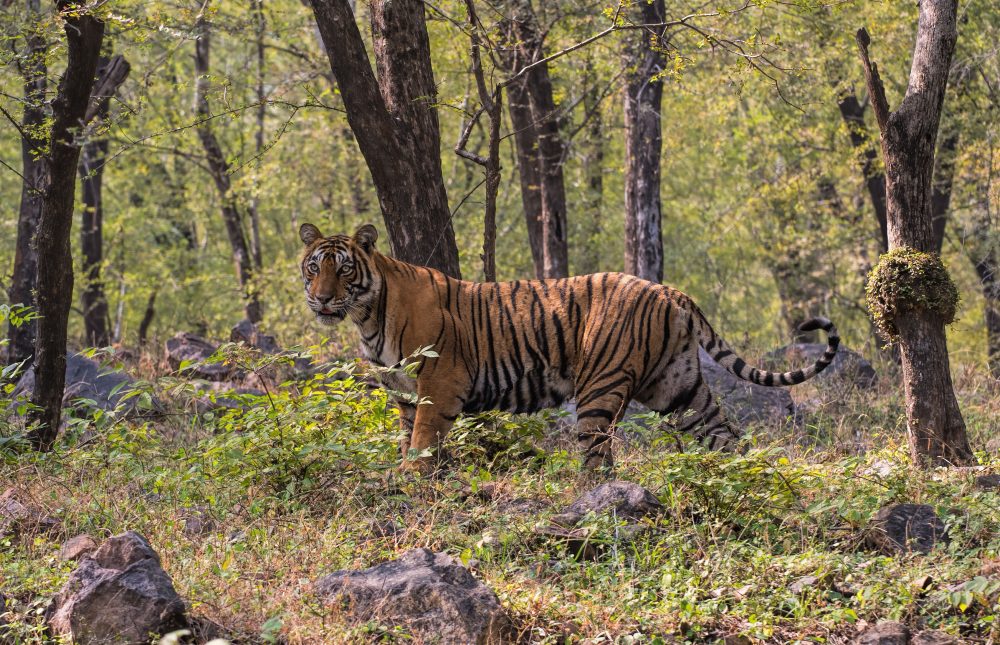
Think about what you’ll be photographing.
For example; if I am at home and go out in search of birds I will almost always have my 500mm pf lens mounted on my Z8 body and carry no other lenses. This is because I know that most of the birds I see will be small or distant – or both – and I’ll need the range the 500mm offers (sometimes cropped to give me 750mm); it is also a light lens to carry on foot.
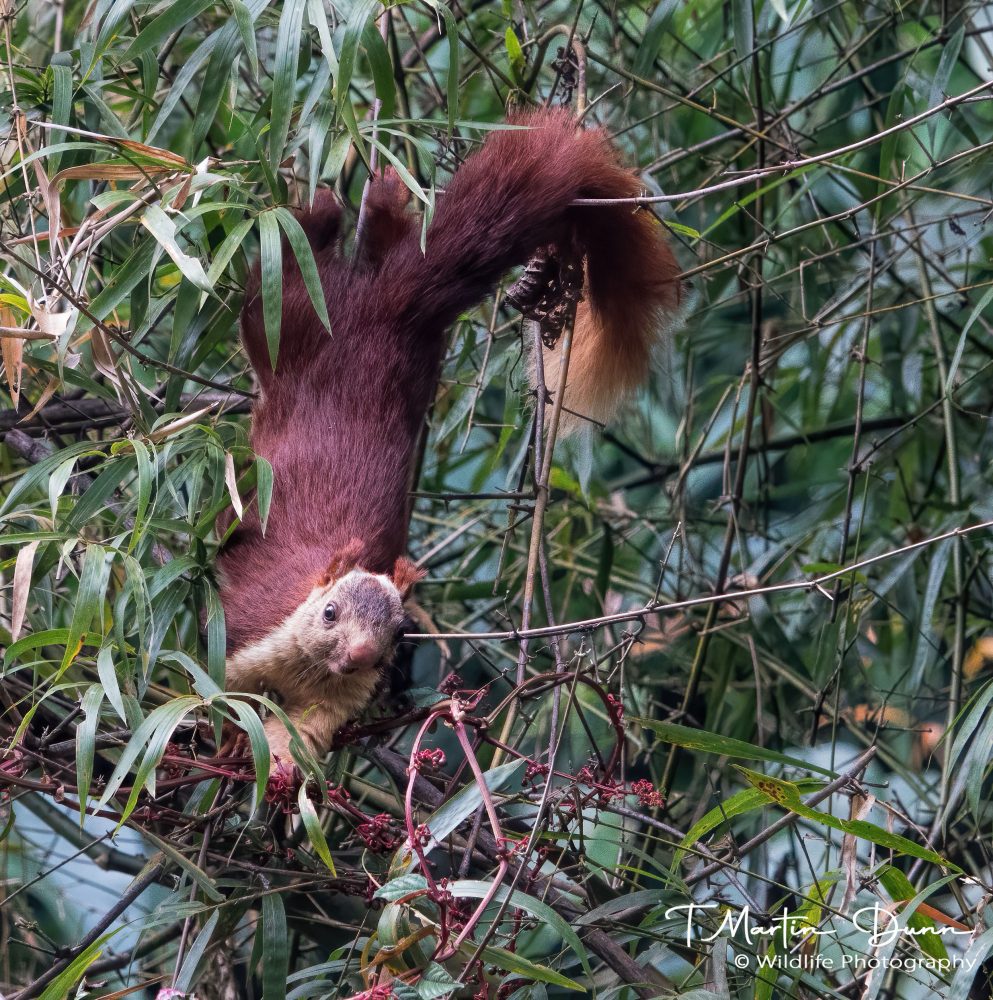
But if I am on safari and doing much of my shooting from a game vehicle, I’ll use the 200-500mm instead. It is heavier and not quite as fast to focus, but gives me a wide focal range that allows me to pretty much leave it on the camera throughout the safari. Oh, and the birds are often large and often closer, so the variable focal length is a big plus.
On the seat beside me, or in my bag, I will have my second body with a wider lens attached, usually 24-120mm. This is an ideal lens for landscapes, as well as larger mammals like elephants, giraffes or buffaloes, as well as herds of animals.
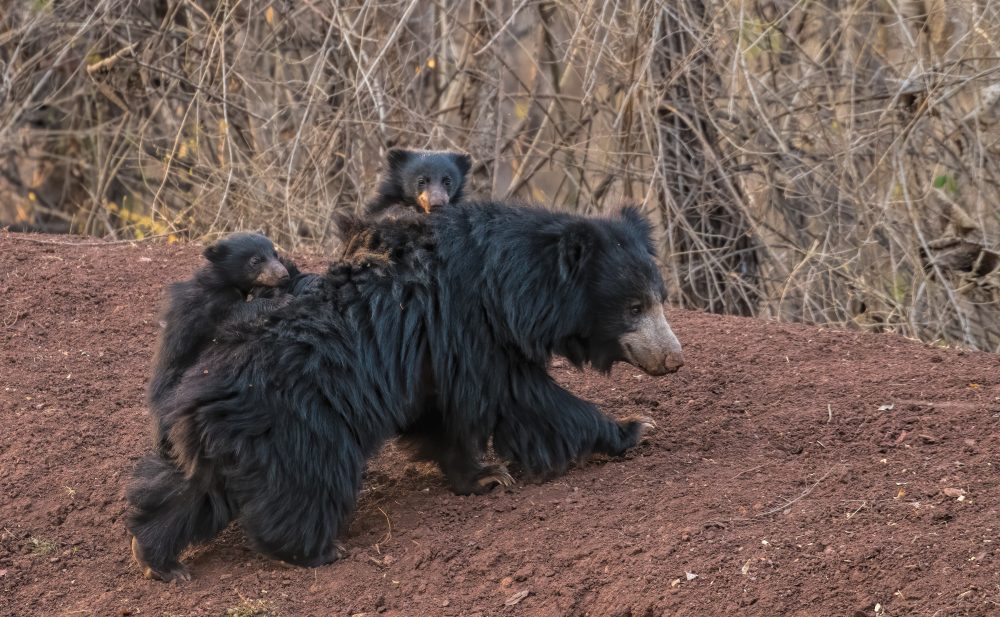
If I take a third lens along it will usually be my 70-200mm. It sits nicely between the other 2 lenses and is fast and light.
If the main focus is birds I’ll usually take my 500pf and my 100-400mm zoom, with the 24-120mm in the bag.
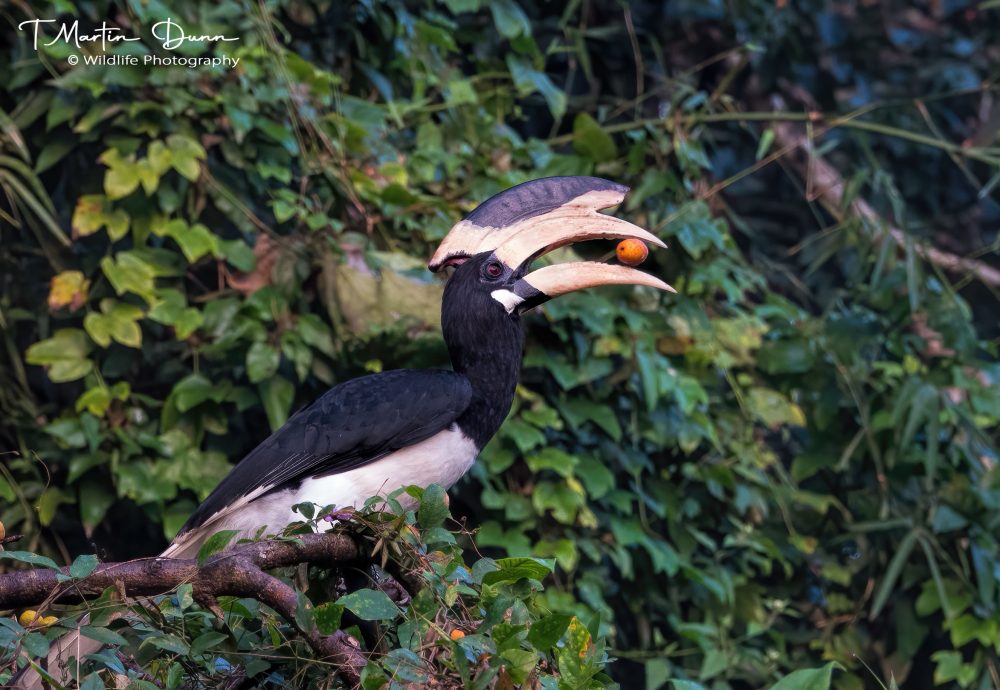
Although the 500pf is great for bird photography, I like to have my 100-400 mounted on a second body close at hand. This is mainly because in Africa & India we encounter a lot of larger birds – storks, cranes and the like, and these birds have a wide wingspan so a wider lens is essential to capture them in flight.
That said; when I was photographing White-tailed Eagles on Mull the lens I used most was the 24-120mm. The eagles flew in quite close to our boat and even though they have an 8 foot wingspan I was able to keep the whole bird in shot the whole time.
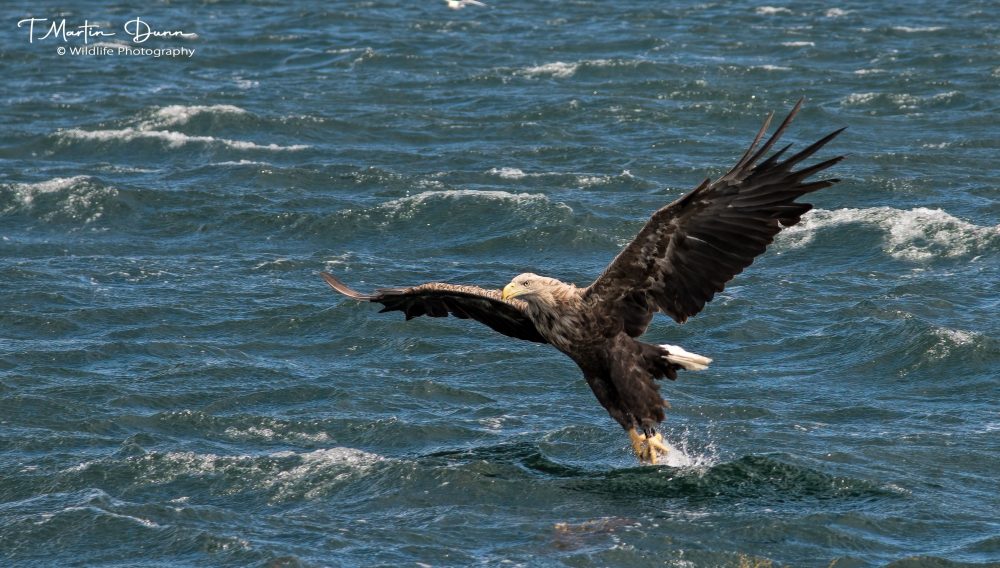
Most of my lenses – in fact all but 1 at time of writing – are Nikkor F mount lenses. They are lenses I have used for many years with my DSLRs and which work just as well with my Nikon Z8 via the FTZii adaptor. Eventually I will probably phase most of them out and replace with Z mount lenses but that has not happened yet and I do not really see any pressing need to do so, other than the wonderful feeling of buying and playing with new bits of kit.
Of course we all want the best kit we can afford, but more important is to make the best use of the equipment you have.
I do usually carry a 1.4x tc with me just in case, but, to be quite honest, unless I know I will be using it for an extended period, I rarely bother with it, preferring to crop a bit in post-processing.
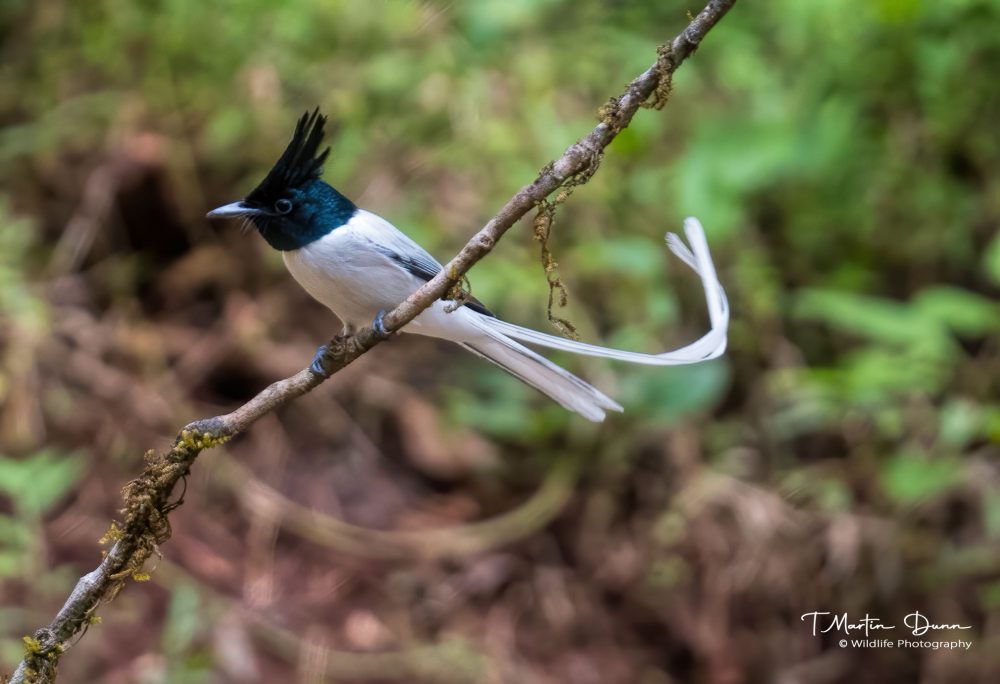
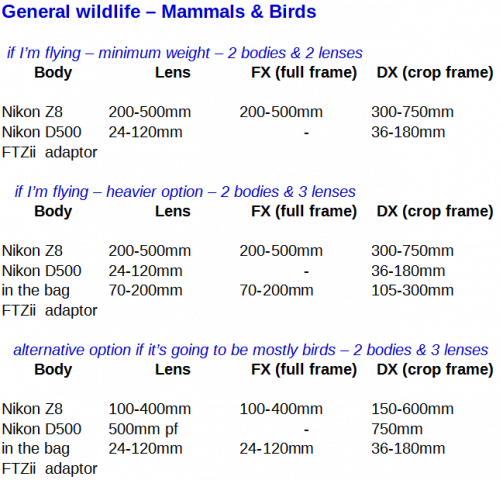
A full checklist
| The obvious stuff | |
| Camera bodies | Nikon Z8 |
| Nikon D500 | |
| Lenses | For mammals |
| 200-500mm | |
| 70-200mm | |
| 24-120mm | |
| For birds | |
| 500mm pf | |
| 100-400mm | |
| 24-120mm | |
| Accessories | FTZii adaptor |
| 1.4x tc | |
| Rocket blower | |
| brush | |
| Spare batteries | All my bodies use the same battery so that makes life easy. I also have a pretty good idea of how long a battery will last in each body so I know how many to keep in my pocket. |
| Memory Cards | I don’t often fill a card in one day’s shooting – and I back them up to a hard drive each night – but I know a lot of people take many more photos than I do, especially if it is their first safari. It does not happen often but memory cards can fail, so at least one spare is essential anyway. When set against the overall cost of your safari it is a small price to pay for peace of mind. The images you capture on safari can never be re-captured. |
| Laptop | |
| 3tb Hard drive | That should be enough capacity |
Maybe less obvious | |
| CFX card reader | Much quicker than transferring directly from camera to computer |
| Spare USB cables | Yes, they do occasionally fail |
| Spare lens & body caps | Easily lost but essential to have |
| Small cloth | For wiping down wet gear |
| Dry bag | A 10 litre bag will keep a body & zoom or telephoto lens dry & dust free |
| User manual for your cameras | In PDF format on your phone |
So now you don’t need to ask “what’s in your camera bag?” because I’ve just told you.

